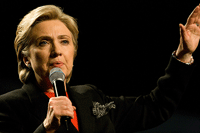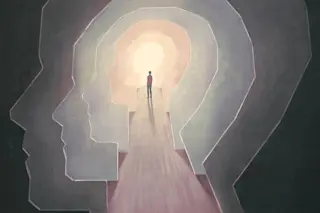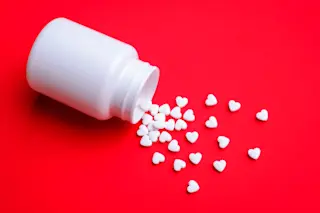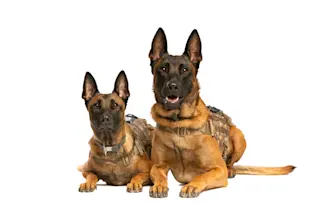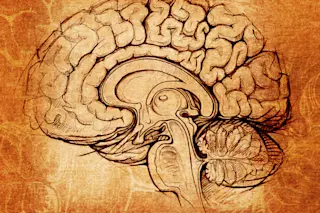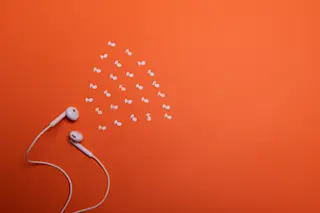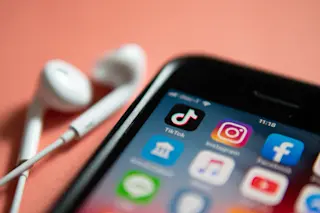"How will we remember the 2000s? What were the high and low points? Who were the heroes and villains?" William Saletan asked in a Slatearticle last week. Do you remember when Senator Joe Lieberman voted to convict President Clinton at his impeachment trial, when President George W. Bush chilled at his Texas ranch with Roger Clemens while Hurricane Katrina destroyed New Orleans, and when Hillary Clinton used Jeremiah Wright in a 2008 TV attack ad against Barack Obama? You shouldn't remember any of these things, because they didn't happen. But Slate made pictures to use as evidence that these events did actually occur as an exercise in "altering political memories." Slate mixed doctored photos of these fake events with other photos of real ones, and asked the readers which they remembered. The readers had no idea they were part on an experiment in memory hacking. More people remembered the real ...
Punked! Slate's Doctored Photos Mess With Readers' Memories
Explore how altering political memories through fake political events reshapes our perceptions and recall of history.
More on Discover
Stay Curious
SubscribeTo The Magazine
Save up to 40% off the cover price when you subscribe to Discover magazine.
Subscribe

